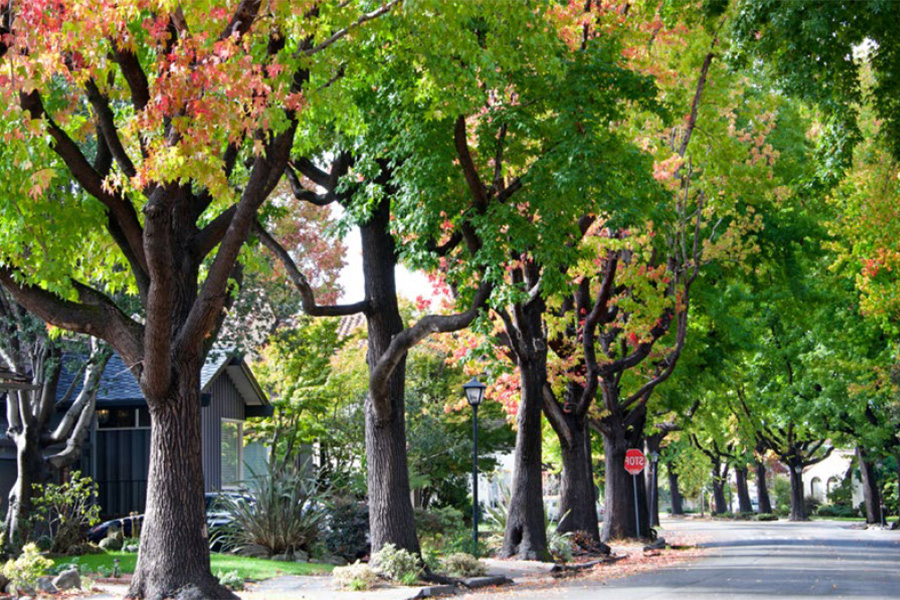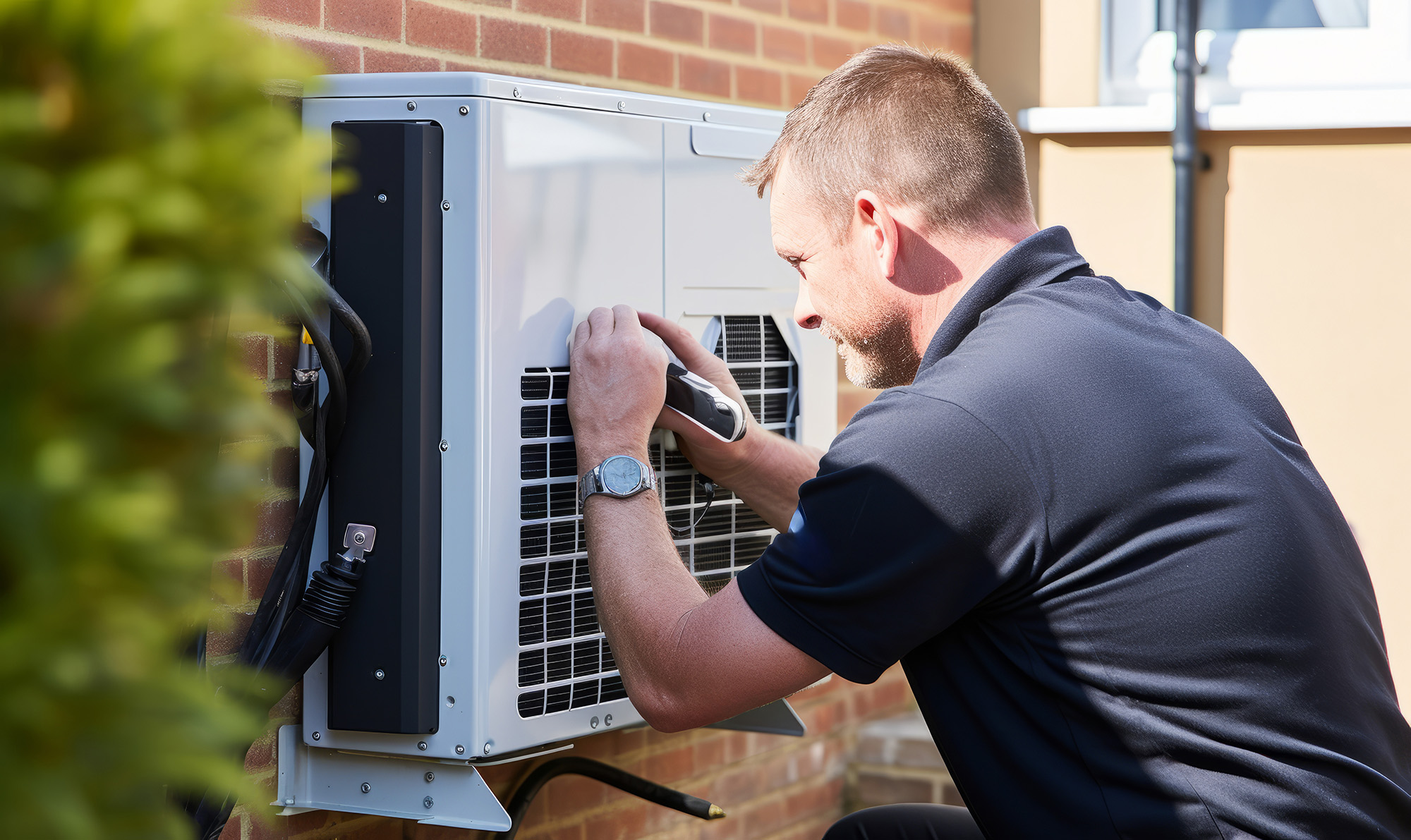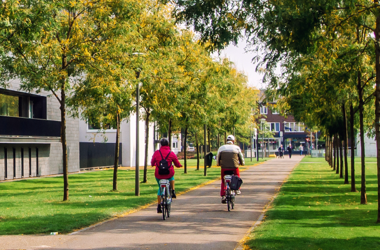Neighborhood-Scale Building Decarbonization

Neighborhood-scale building decarbonization coordinates actors and resources to reduce the total cost of the transition off of the gas system, create savings for ratepayers, ensure continued energy reliability and safety, and encourage equitable distribution of clean energy benefits.
-
- Neighborhood-scale building decarbonization (“neighborhood decarbonization”) is an emerging strategy that focuses on transitioning street segments, developments, or even entire neighborhoods to decarbonized energy sources and electric appliances with the end goal of managing the transition off of the gas system.
-
The two pathways for Neighborhood-Scale Building Decarbonization are the Electric Network and the Thermal Energy Network.
- The Electric Network pairs electric appliances with the existing electric grid. This pathway utilizes four major appliances: heat pump water heater, air-, ground-, or water- source heat pump for space heating and cooling, induction or electric resistance range for cooking, and heat pump or electric clothes dryer.
- Thermal Energy Networks (TENs) distribute thermal energy across linked buildings via pipes filled with water, or other liquid solution, and utilizes a ground-source heat pump for space heating and cooling, water heating, and clothes drying and an induction or electric resistance range for cooking. This approach to neighborhood decarbonization has the added benefit of reducing demands on the electric grid due to its increased efficiency.
Within these two primary pathways, there are many variations on how energy is stored, distributed, and used that we designate as “Networked Innovations.” These innovations may include microgrids, on-site renewable energy, backup storage, etc., and would pair with the existing electric grid and/or TENs.
-
- Accelerates Climate and Health Benefits of Decarbonization
- Enables a Managed Transition Off of the Gas System
- Centers Communities
- Structurally Integrates Equity
- Provides Demand and Job Security for Organized Labor
- Supports Alternatives to Major Capital Investments in Fossil Fuel Infrastructure
- Creates Business Opportunities for Gas Utilities in the Clean Energy Transition
- Offers Opportunities for Local Ownership
- Improves Project Economics



